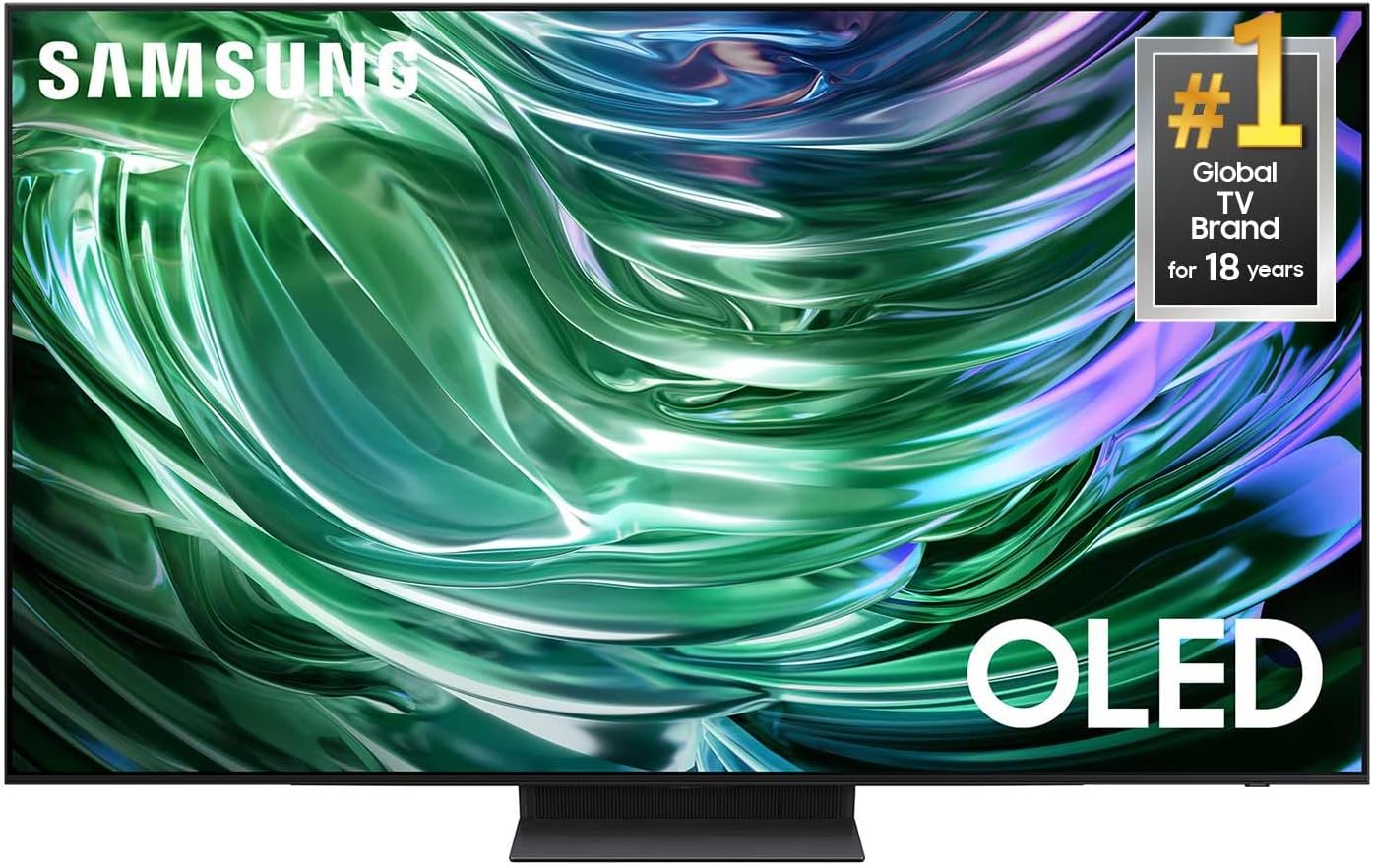Samsung S90F vs Samsung S90D: Which Samsung OLED TV is Right for You?
Two Samsung mid-range OLEDs duke it out for TV supremacy
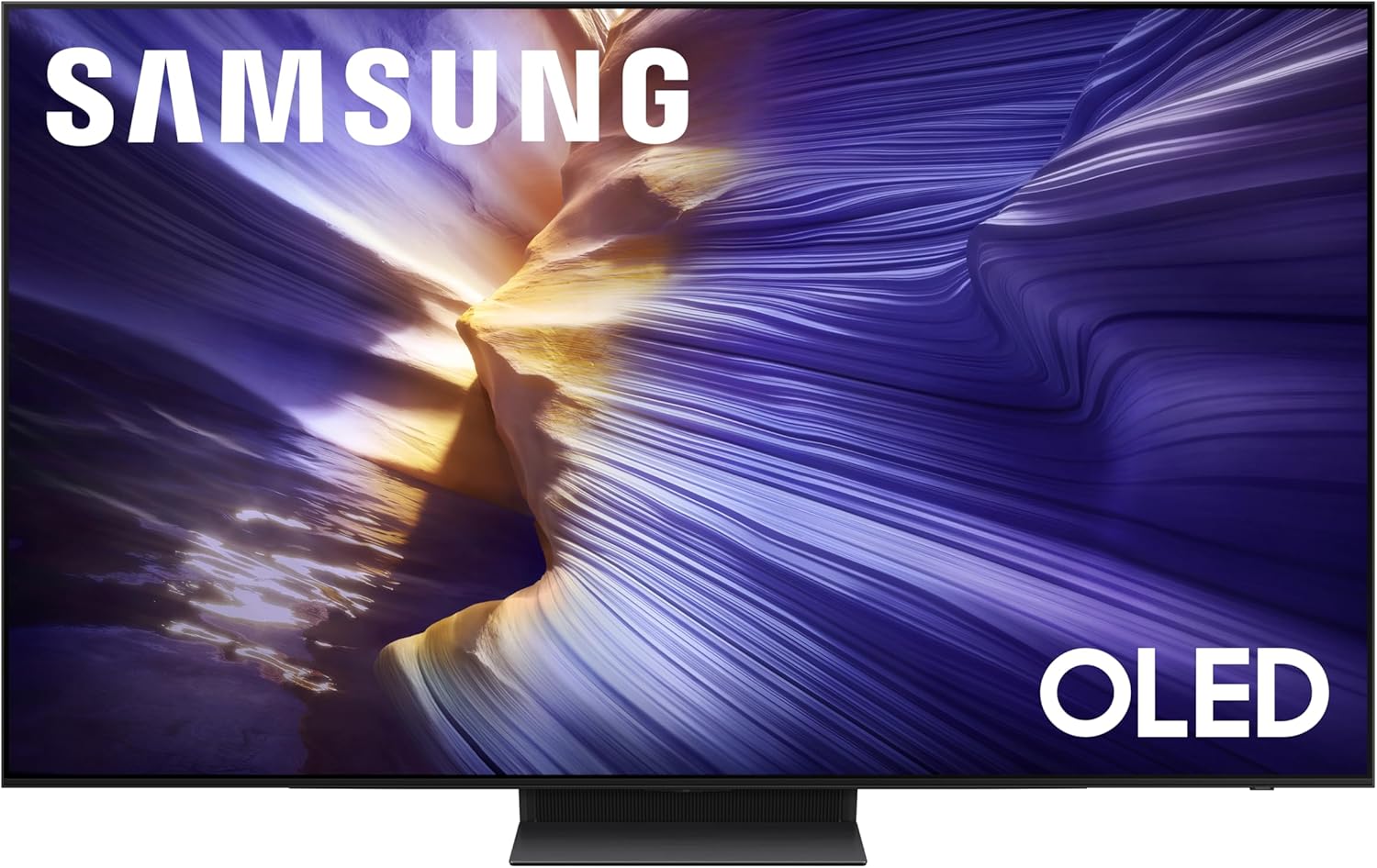
Samsung's S90F might not be the flagship OLED, but it still offers some incredible performance for the price. It also has a range of gaming features, including Samsung's Gaming Hub.
Pros
- Excellent color volume on some models
- Bright in SDR and HDR
- Superb gaming support
Cons
- Quantum dot-color not available on all models
- No ATSC 3.0 support
I'm a big fan of Samsung's S90 series of TVs that include this year's Samsung S90F and last year's Samsung S90D. They offer incredible features at a great price.
Although the Samsung S90F is one of the best OLED TVs in 2025, the Samsung S90D might have a few surprises in store. I tested both TVs and can now put them head-to-head to determine which of them you should buy.
Samsung S90F vs Samsung S90D: Specs compared
| Header Cell - Column 0 | Samsung S90F | Samsung S90D |
|---|---|---|
Sizes | 42", 48", 55", 65", 77", 83" | 42", 48", 55", 65", 77", 83" |
Ports | 4x HDMI 2.1 | 4x HDMI 2.1 |
Resolution | 3,840 x 2,160p | 3,840 x 2,160p |
Refresh rate | 144Hz | 144Hz |
HDR | HDR10, HDR10+, HLG | HDR10, HDR10+, HLG |
Smart TV software | Tizen OS | Tizen OS |
ATSC 3.0 support? | No | No |
Processor | NQ4 AI Gen2 processor | NQ4 AI Gen3 processor |
Samsung S90F vs Samsung S90D: Design
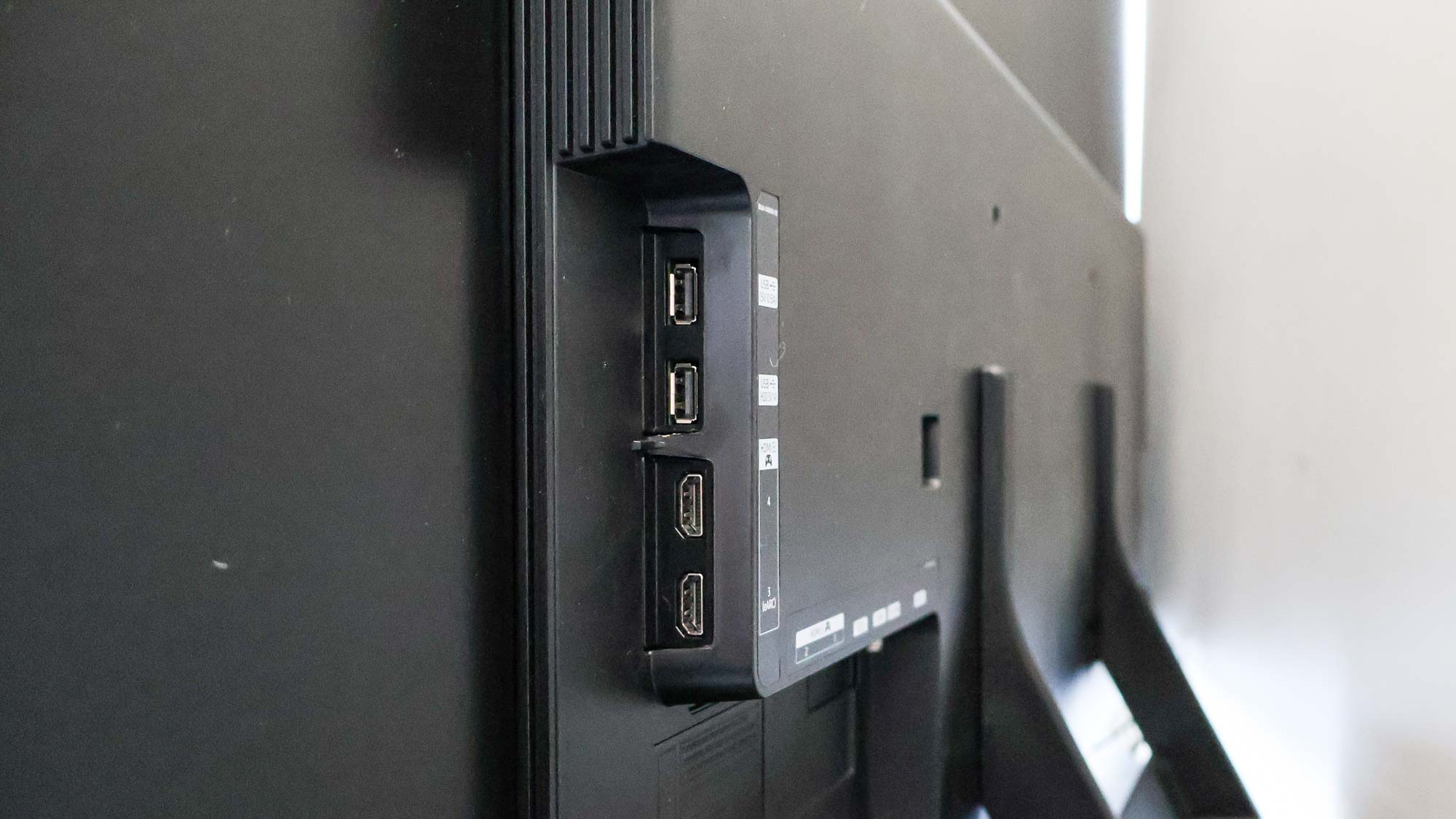
The Samsung S90D and Samsung S90F look practically identical. If you placed them side-by-side, you probably wouldn't be able to tell the difference. These OLEDs are super slim and nearly bezel-less, making them look sleek whether you're wall mounting or placing them on an entertainment stand.
They both measure the same depth, which comes in at just 1.6 inches, showing just how thin they really are. That's one of my favorite aspects of the Samsung OLED line, and it gives the TVs a portrait-like look.
The panels for the S90D and S90F vary across sizes. The smallest sizes and the largest size for the S90F are equipped with WOLED panels, while the middle of the range uses QD-OLED panels. The Samsung S90D follows a similar pattern, which means that the 55-inch, 65-inch, and 77-inch models have the best color of the bunch.
There's no major change in the speaker configuration between models. They both use a 40W 2.1-channel speaker, which is pretty middling. It would be nice if Samsung upgraded this aspect of the TV, but you can always get one of the best soundbars for enhanced audio coverage.
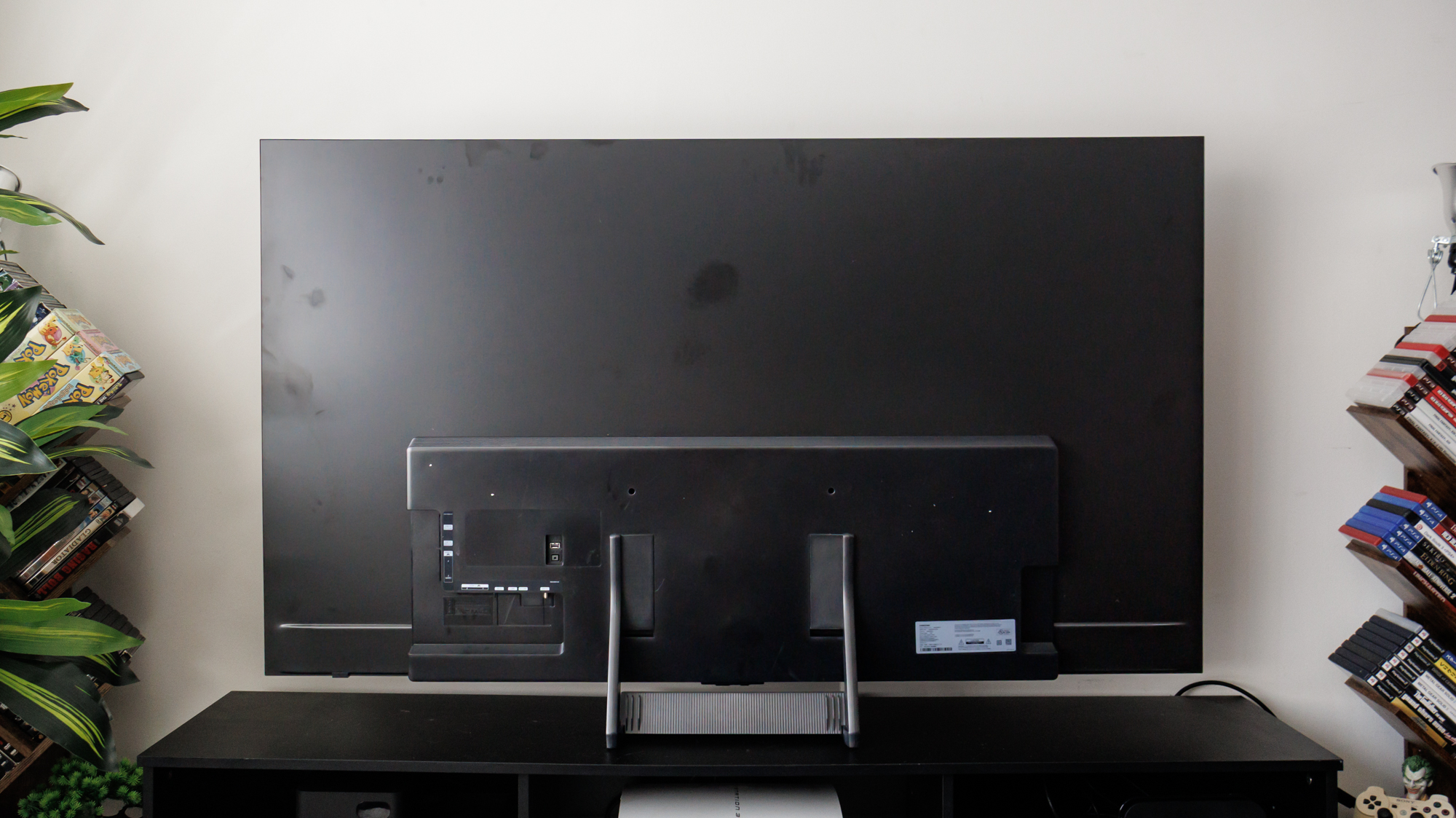
You won't have any worry setting up either display, as they both have particularly easy pedestals to build and set up. It does feel a bit flimsy, but the process is super swift. Simply attach the legs and pop them on the stand, and you're good to go, no screwdriver needed.
Get instant access to breaking news, the hottest reviews, great deals and helpful tips.
You also won't have to worry about glare, as the Samsung S90F and Samsung S90D both have anti-glare coating. While it's not quite as sophisticated as the Samsung S95F and its matte finish, it still does the trick if you plan on putting them in a room with lots of ambient light.
There's no getting around the major similarities between the two, but I think the S90F wins primarily for having the better processor. It runs on the gen3 design, netting it a few extra capabilities when it comes to upscaling and speeds.
Winner: Samsung S90F
Samsung S90F vs Samsung S90D: Performance
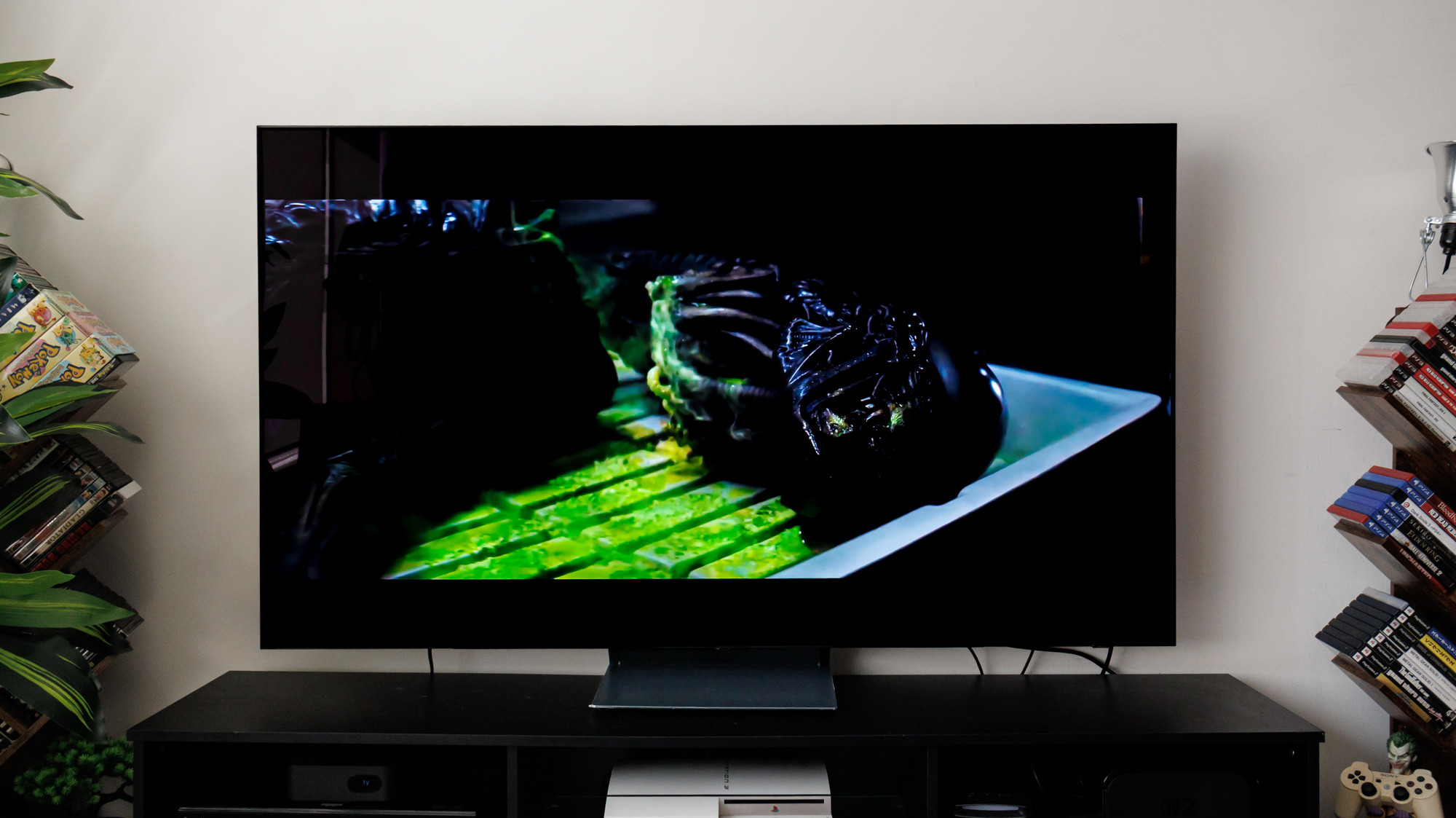
| Header Cell - Column 0 | Samsung S90F | Samsung S90D |
|---|---|---|
SDR Brightness (10%, in nits) | 520 | 476 |
Delta-E (lower is better) | 1.1 | 1.2 |
HDR Brightness (10%, in nits) | 1,162 | 1,166 |
UHDA-P3 Gamut Coverage | 100% | 99.95% |
Rec. 2020 Gamut Coverage | 89.03% | 90.58% |
Input latency (milliseconds) | 9.1 | 9.2 |
Performance-wise, very few changes were made year over year for the mid-range Samsung OLED. Some notable performance upgrades include input latency, color, and SDR brightness, but their leaps are very minimal in the grand scheme of things.
It's interesting to see that some metrics devolved over time, if only minimally. You can see this in the Rec2020 gamut coverage and in HDR luminance. Again, these downgrades are minimal, and you wouldn't notice the difference even if both TVs were placed side by side.
As someone who has tested the TVs myself, I can attest to this fact. They're largely very similar in performance, offering some stellar contrast and color. Both OLEDs also offer some of the brightest luminance for an OLED TV, which is pretty remarkable given the price.
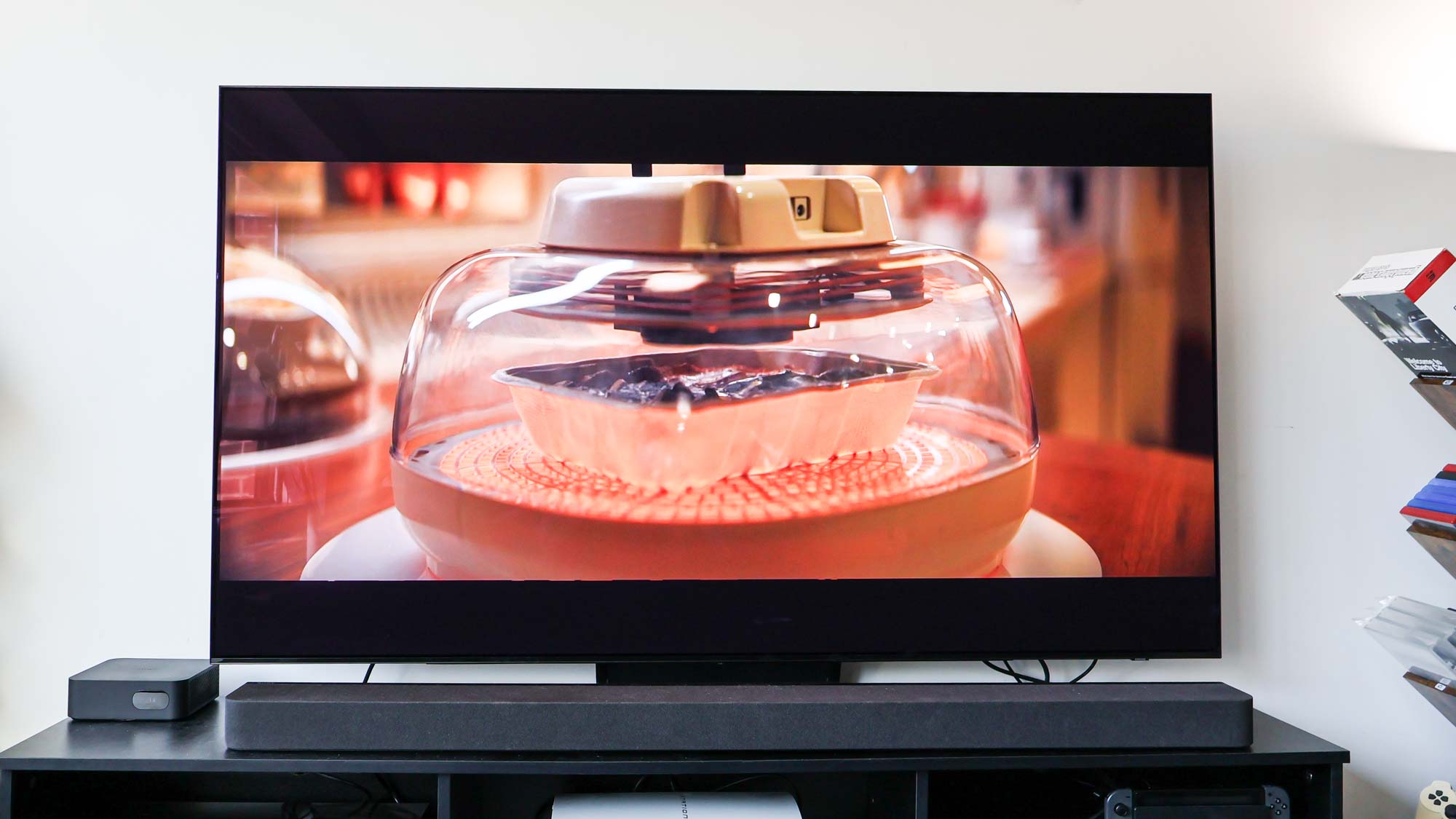
I will highlight the fact that the Samsung S90F is equipped with a newer processor. While this advancement doesn't extend to its performance metrics, it might be noticed in other areas, such as upscaling, AI workloads, and menu navigation.
You could make the argument that the S90F slightly edges out the S90D in terms of gaming performance, but in reality, they're both on equal footing. I use the Samsung S90D as my secondary TV for gaming, and it's my favorite display in the household for the pastime. You really can't go wrong with either.
Unfortunately, Samsung has yet to add support for Dolby Vision on its displays, meaning you'll be stuck with HDR10+ no matter which model you choose. It's a royalty-free option that operates in largely the same manner, but won't have as extensive a list of titles mastered in the format.
It's a very close bout, as both OLED TVs share similar metrics and features. While you might think the newer model would be the better option, the price-to-performance suggests otherwise.
Winner: Tie
Samsung S90F vs Samsung S90D: Smart platform and features
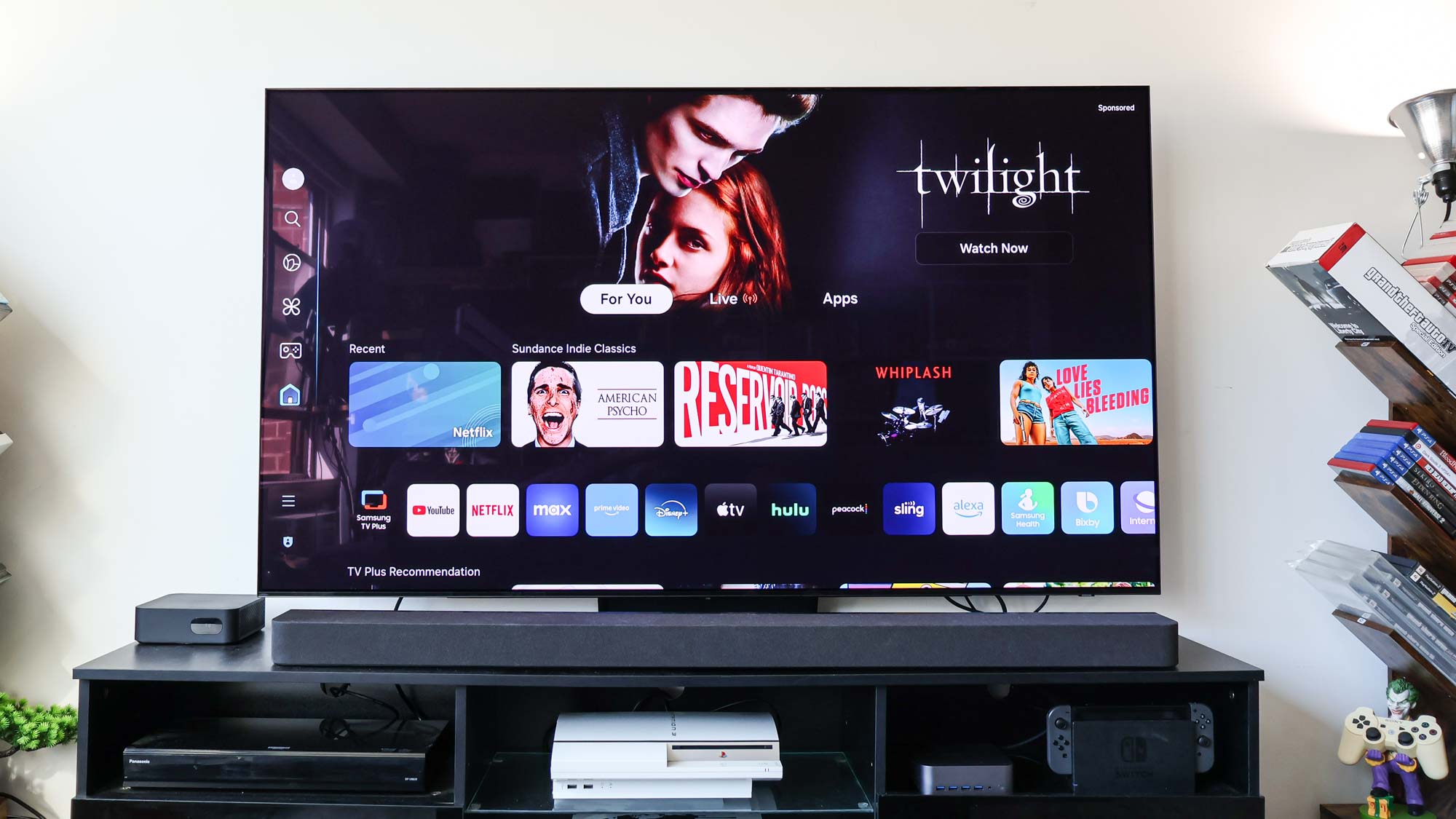
Samsung's Tizen OS might get overshadowed by major rivals like Google TV or Roku, but it's still one of the sleekest and most advanced TV interfaces. I'm a big fan of the OS, largely because it's packed with tons of free content to enjoy. You can also dive into some cloud gaming services, such as Xbox Game Pass and GeForce Now, which Roku doesn't have.
Across models, Tizen hasn't changed all that much. You might notice a more zoomed-in look on the newer set, pulling content slightly closer to the screen while also giving apps a rounder look. Personally, I don't mind either version, but I do find Tizen OS is a bit snappier on the S90F, which is due to the more advanced processor.
Even when it comes to features, the Samsung S90F and S90D bear many resemblances. You'll still get VRR support with a 144Hz refresh rate, plus ALLM. You also get every HDR format except Dolby Vision, which is a letdown for cinephiles, but might not be the most concerning factor for others.
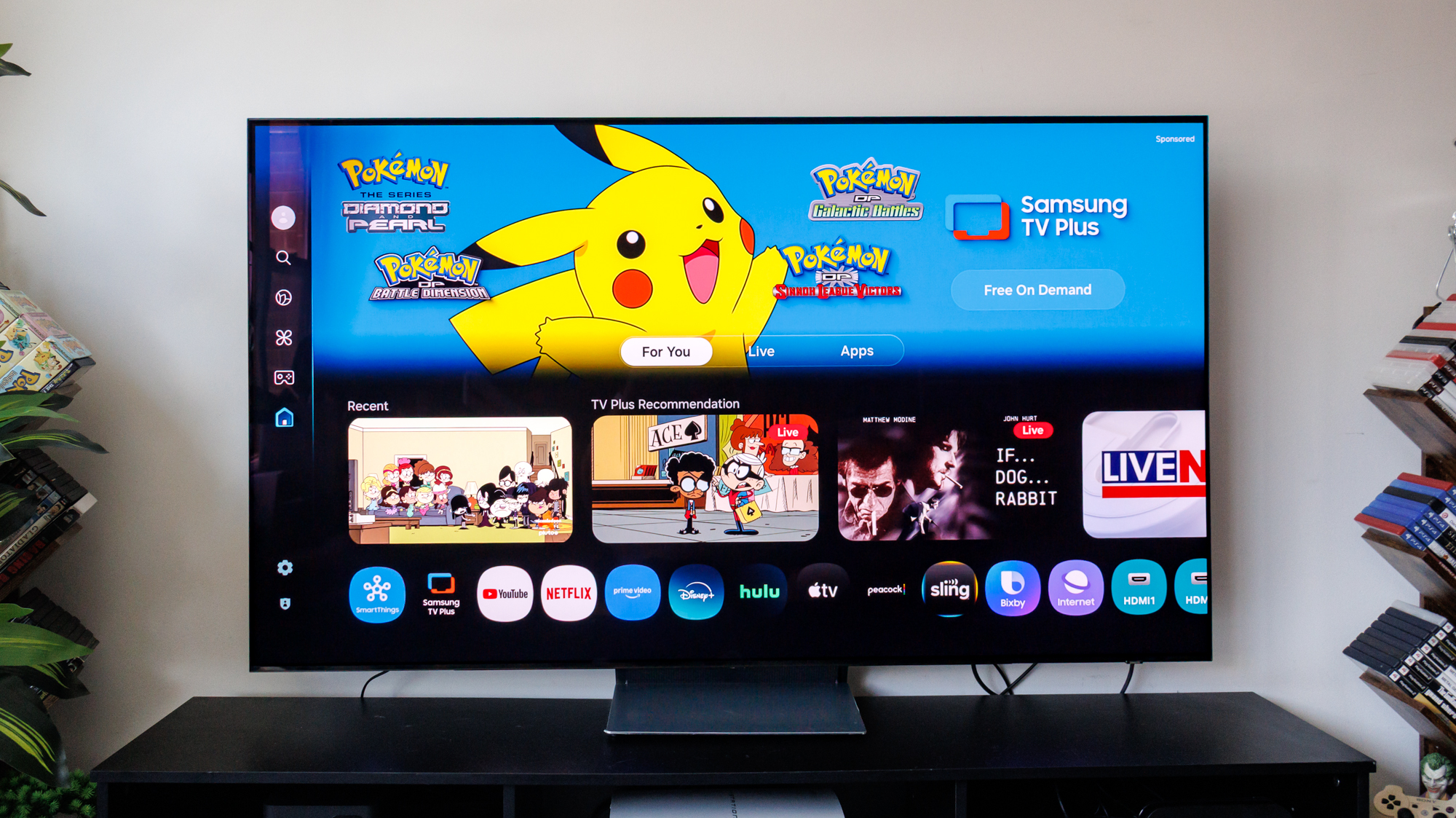
One thing to note is that neither OLED TV has an ATSC 3.0 tuner, meaning you won't have access to Nextgen TV or 4K broadcasts. It's not the worst feature to miss out on, but definitely something to consider if you're a fan of over-the-air channels.
Given the extreme similarities between both TVs, I'm going to give this a tie. You'll likely get a similar experience out of either the S90F or S90D, plus Samsung has committed to a seven-year upgrade path, which means many of the same updates available on Samsung's 2025 TVs will be added to previous lineups.
Winner: Tie
Samsung S90F vs Samsung S90D: Verdict
| Header Cell - Column 0 | Samsung S90F | Samsung S90D |
|---|---|---|
Specs (25) | 24 | 23 |
Design (25) | 24 | 23 |
Performance (25) | 24 | 24 |
Features (25) | 23 | 23 |
Total Score (100) | 95 | 93 |
I love both Samsung OLEDs. You might want to go for the newer model over last year's, but as the performance metrics showed, there's no major leap in performance. The big draw for the S90F is its AI enhancements, which are certainly promising, but not quite worth the extra investment.
Buying the Samsung S90D also saves you $300. It's not the biggest discount, but it's worthwhile if you're looking for a major TV upgrade among the best TVs. The Samsung S90F OLED TV is $1,697 on Amazon, making it pretty expensive if you consider the minimal improvements in upgrades and features.
I'd personally go with the Samsung S90D. It's already my secondary TV in my living room and remains one of my favorite sets from last year. But if your budget allows, grab the Samsung S90F for its improved upscaling and faster navigation if that's something you desire.
More from Tom's Guide
- LG G5 OLED TV review
- Samsung S95F OLED TV review
- This new TV breakthrough looks like a game-changer for OLED TVs

Ryan Epps is a Staff Writer under the TV/AV section at Tom's Guide focusing on TVs and projectors. When not researching PHOLEDs and writing about the next major innovation in the projector space, he's consuming random anime from the 90's, playing Dark Souls 3 again, or reading yet another Haruki Murakami novel.
You must confirm your public display name before commenting
Please logout and then login again, you will then be prompted to enter your display name.
